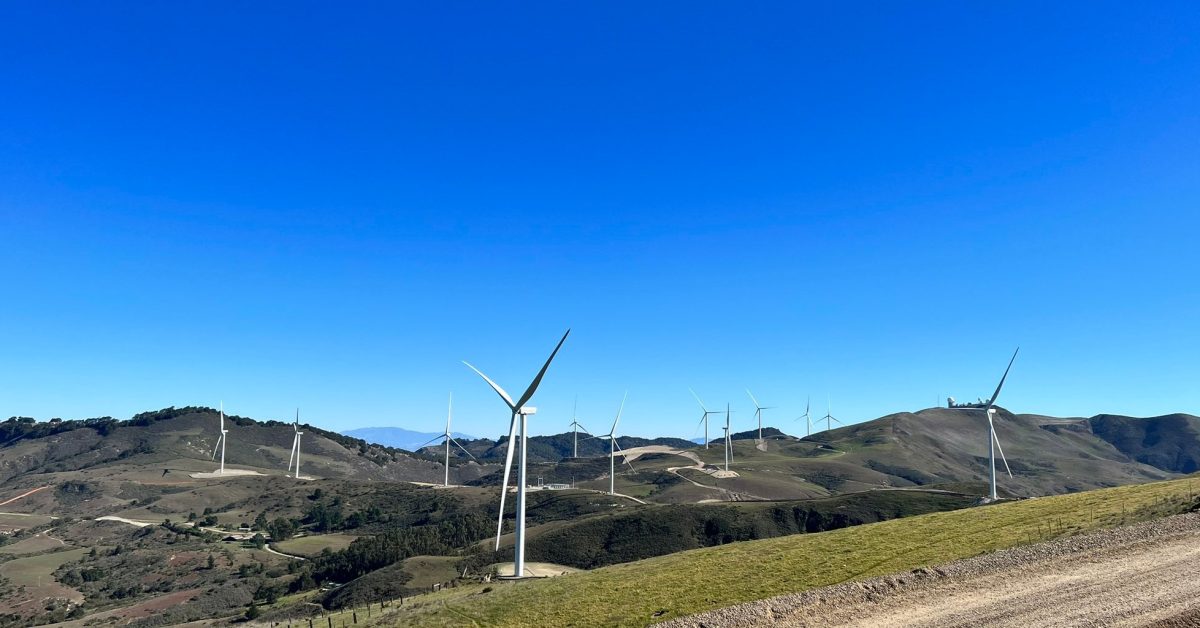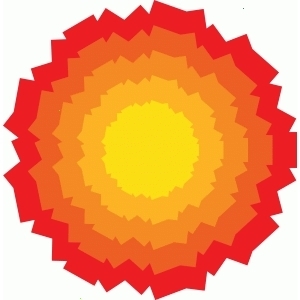The period occured in 2024 between late winter and early summer. “Compared to the same period in 2023, solar output in California is up 31%, wind power is up 8%, and batteries are up a staggering 105%.”
Link to the study PDF mentioned in the article: https://web.stanford.edu/group/efmh/jacobson/Articles/Others/25-CaliforniaWWS.pdf
One of the paper’s cowriters is Mark Z. Jacobson, professor of civil and environmental engineering and director of the atmosphere/energy program at Stanford University.
Title is incorrect. Of these 98 days, the grid was 100% renewable-powered for only 4.84 hours per day on average (10.1 hours per day maximum). The title implies that it was renewable-powered for 24 hours per day.
The actual title of the linked pdf is:
No blackouts or cost increases due to 100 % clean, renewable electricity powering California for parts of 98 days
This article seems to be a response to accusations that variable power output of solar/wind causes blackouts. In this study, there were zero blackouts caused by 100% renewable power supply. Also, the study period was an arbitrary set of 116 days. The 98 days were not a continuous period, nor were they 98 days of a 365 day period.
(At time of this comment, the title of this post is “The California grid ran on 100% renewables with no blackouts or cost rises for a record 98 days”.)
Thank you, i knew there must be a catch within the article and my first question is always on how they handle the night. Guess the report isn’t about that.
Storage batteries. They more than doubled storage batteries to save excess daytime solar for use overnight.
Ah yes, an average of 4.84 hours per day running entirely on renewables.
There’s definitely enough storage to enable that reliably. /s
People still dream about battery (or any other) storage as some magic solution. They simply don’t understand the amount of energy that has to be stored to make it really renewables only. We’ll get there eventually, but it will take a lot of time and resources. And we don’t have time.
Our home averaged 7.5kWh/day in December (we did not travel and we’re home with family the entire time); this is about 10x less daily energy than the battery capacity of a modern EV.
Now, we have gas heating and stove/oven, so that adds a huge amount of load — but my numbers above are for 24hr energy, and batteries wouldn’t need to supply that whole time.
Of course, this doesn’t address cost, and it doesn’t address natural resources, like you mentioned. But that actual required amount of energy per capita can certainly be achieved with current battery technology.
Sure, but the majority of your energy is not renewable, plus you are emitting a lot of CO2. Heat pump for heating and electrical appliances would quickly rise your consumption to something like 30+kWh/day and then you’d have under three days of car battery. Also relying on car battery is tricky as in such case you can’t use your car and your car’s battery might be fairly empty when you need it.
I learned that “batteries” can literally took many form, some use molten salt, some use gravity, some use water, and some use the battery we all know. Am actually kinda curious on what works for them, but since it isn’t really 100% consecutively it doesn’t matter in this case.
PG&e owns two massive water reservoirs in the Sierra Nevada Central region called courtright and wishon. They funnel water up and down a steep gradient between shaver lake and the reservoirs to control peak energy demand. It’s actually a really effective and mostly efficient system, especially when rain and snow refill the upper reservoirs.
At night is when you release the water in your hydroelectric dams. We need more solar so the dams dont flow when the sun is shining.
Jacobson is a fantasist who has been publishing misleading work for years claiming there are no issues with 100% renewables right now (or indead there were no issues 10 years ago).
And yet power companies in California use movie studio level math and accounting to try and screw everyone out of solar generation. More non-bypassable charges coming too.
Fuck PG&E. It’s always some bullshit with those assholes. Now this article is trying to greenwash their scamming shit.
A B S T R A C T
Critics of a global transition to clean, renewable electricity argue no wind- or solar-dominated grids exist and solar and wind’s variabilities cause blackouts. This paper uses data from the world’s 5th-largest economy to show no blackouts occurred when wind-water-solar electricity supply exceeded 100 % of demand on California’s main grid for a record 98 of 116 days from late winter to early summer, 2024, for an average (maximum) of 4.84 (10.1) hours/day. Compared with the same period in 2023, solar, wind, and battery outputs in 2024 increased 31 % 8 %, and 105 %, respectively, dropping fossil gas use by an estimated 40 %. Batteries, which shifted excess solar to night, supplied up to ~12 % of nighttime demand. Wind-water-solar is not the cause of high California electricity prices; to the contrary, most all states with higher shares of their demand met by wind-water-solar experience lower electricity prices. Thus, data support models: a reliable wind-water-solar-dominated large grid appears feasible.
A new study published in the journal Renewable Energy uses data from the state of California to demonstrate that no blackouts occurred when wind-water-solar electricity supply exceeded 100% of demand on the state’s main grid for a record 98 of 116 days from late winter to early summer 2024 for an average (maximum) of 4.84 (10.1) hours per day.
“Despite the rapid growth and high penetration of [wind-water-solar] WWS, the spot price of electricity during the period dropped by more than 50% compared with the same period in the previous year, and no blackouts occurred, giving confidence that the addition of more solar, wind, and batteries should not be a cause for concern.”
This paper shows that the main grid in the world’s fifth-largest economy was able to provide more than 100% of the electricity that it used from only four clean renewable sources: solar, wind, hydroelectric, and geothermal, for anywhere from five minutes to over 10 hours per day for 98 out of 116 days during late winter, all of spring, and early summer, as well as for 132 days during the entire year of 2024, without its grid failing.
Instead, in California, the spot price of electricity dropped by over 50% during the period of interest between 2023 and 2024, indicating it was easier to match demand with supply with the increase in renewables and batteries in 2024.
Top comment by G Reg | 1 day ago
The authors don’t mention anything about the significant carbon-free contribution of California’s sole nuclear plant.
Also, they don’t really make it clear that fossil fuels never drop to zero for California….only that WWS exceed demand (which means excess goes to battery for evening use).
It also doesn’t mention anything about the terrible change that killed off net metering, largely curtailing rooftop solar. We could have done even better.
Critics of a global transition to clean, renewable electricity argue no wind- or solar-dominated grids exist and solar and wind’s variabilities cause blackouts.
They’re not critics. They’re trolls and paid liars.
Good thing those grifter scamming fucks are charging out the ass then. (Let me guess, the cost is to pay for the development of the renewable technology…….) PG&E can go fuck thrmselves.
The exorbitant PG&E charges are usually “delivery charges,” not the “generation charge” iirc. So we’re paying reasonable rates for cheap, clean energy, but we’re getting charged out the ass for getting the electricity to our home.
It sucks either way, but charging for delivery sucks more because on top of it all if we run solar and sell back to the grid we only get the generation charge (which is minimal). At least, that’s my understanding — we don’t currently have a home solar installation.
It makes sense that you don’t get paid a delivery charge when selling electricity. You aren’t paying for any transmission lines, transformers, or any of the other expenses needed to keep the electricity grid stable and functioning.
I just checked, and California’s electricity is roughly double the US average. And in fact, it is about 8X the price that I pay in Quebec.
Why is Quebec so cheap? Maybe it’s because the electricity generation system was converted from private to public in 1962. They paid off the loans used to purchase the system in under 3 years, and since then it has contributed to provincial finances. Of course, having mainly hydropower doesn’t hurt either.







